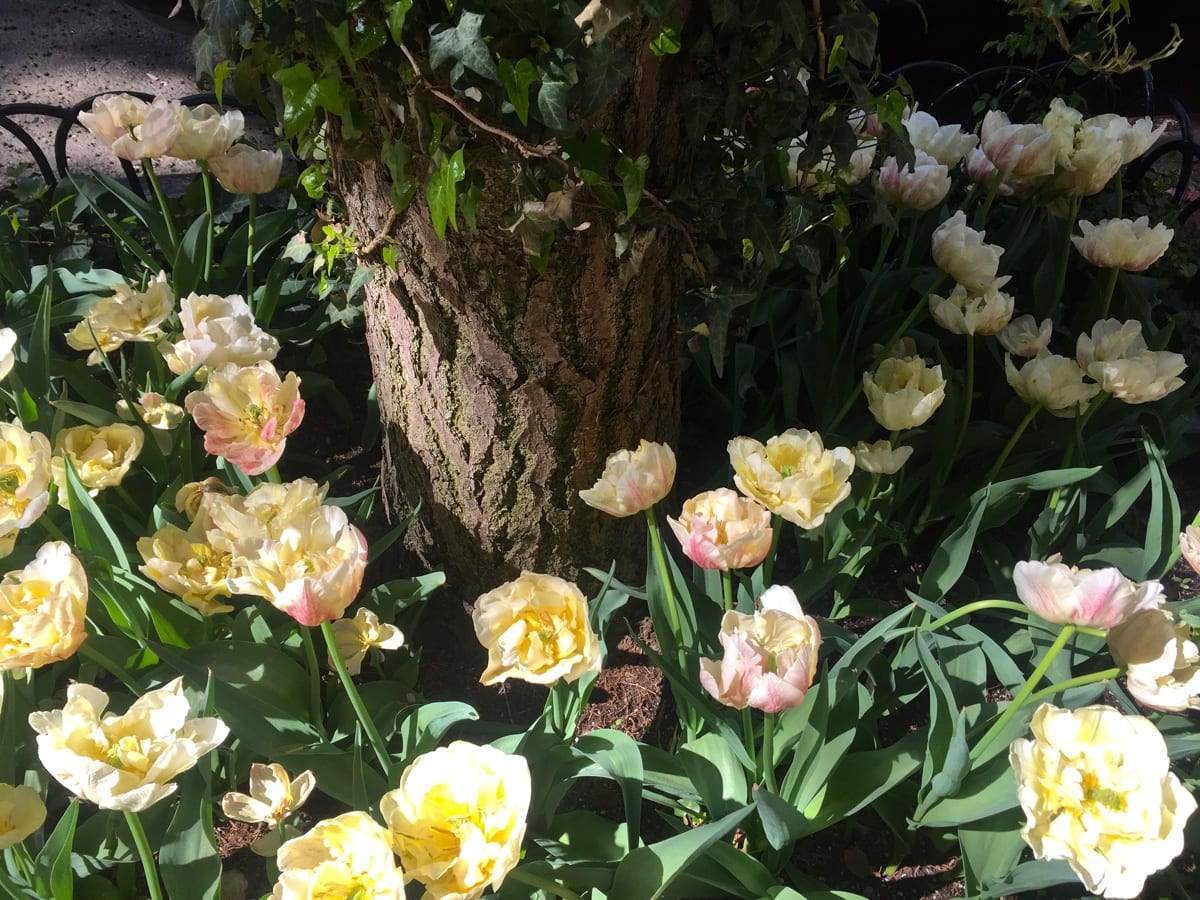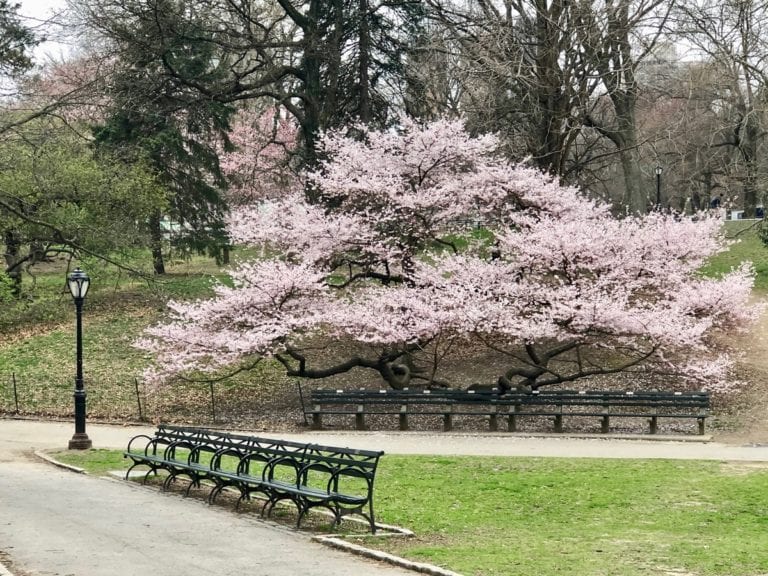672nd Week: Nurturing Compassion
For this week’s experiment in conscious living, I draw from my book, Sacred Practices for Conscious Living, 2nd Edition, from the chapter on “Compassion and Lovingkindness: Living with An Open Heart”. Here’s a quotation from that chapter:
“For many people, the process of awakening to a greater sense of compassion initially feels overwhelming. A question many ask is, “What can I, one person, do in the face of so much suffering?” The answer is, perhaps surprisingly, quite a lot…
For example, you can make a commitment to engage in the practice of compassionate action. Doing so does not require you to undertake any specific activities, or extend dramatic efforts, to make a difference. Compassionate action is a state of mind that is focused on relieving suffering when and where you can, within the context of your life situation and circumstances.”
The idea of drawing on a compassionate state of mind resonates with Thich Nhat Hanh’s teaching about bringing mindful awareness to the people and resources involved in providing all the aspects, goods, and services of modern daily life. For example, Thich Nhat Hanh would ask us to be aware, as we enjoy a morning cup of coffee, of the resources that went into growing the beans, the gifts of sunlight, rain, and soil, the people who picked the coffee beans, the resources used in transporting them, the people who built the transports, the drivers, the people who received the beans and shipped or stocked them, the resources and people who turned the beans into the coffee you buy at the store, and on and on.
When we remember all the people, life forms, and resources involved in bringing something as common to everyday life as a cup of coffee, we widen our scope of compassion. We remember that these are living beings who become part of our experience and natural resources that made the existence of the coffee possible.
This expansion of a sense of compassion then invites us to remember that all these beings and life forms want to be free from suffering, just as we desire for ourselves. Being aware of the suffering of others may break our hearts, and yet it is precisely through allowing our hearts to open and break that we can feel moved to compassionate action.
Compassionate action constitutes whatever you choose to do that in some way alleviates the suffering of others. Your actions may be small and no one else will even notice what you do. For example, you may take an insect outdoors when you find it in your home. You might help someone pick up something they dropped along the way. You might donate money or time to a cause that moves you, you might go so far as to run for political office, in order to make important changes in your community, you may choose to have a vegan diet in order not to contribute to the suffering of animals who are sources of food. Compassionate action constitutes whatever you feel moved to do to somehow alleviate the suffering of others.
For this week’s practice, I invite you to explore your relationship with compassion and compassionate action even more deeply than you may have done before. Remember to include yourself in your focus on compassion. Spend some time reviewing how you already engage this practice and then ask yourself what additional step or activity you might engage to expand or deepen your practice.
As with all these experiments in conscious living, there’s no right answer about how to do this one. Each of these practices represents an opportunity for you to become increasingly aware of the ways in which the focus of your thoughts, actions, beliefs, and experience of the world around you affect the quality of your internal life. Remember to bring along curiosity as your constant companion and pat gently on the head any judgments that may arise, allowing them to move through and move on without your having to engage them in any meaningful way.


